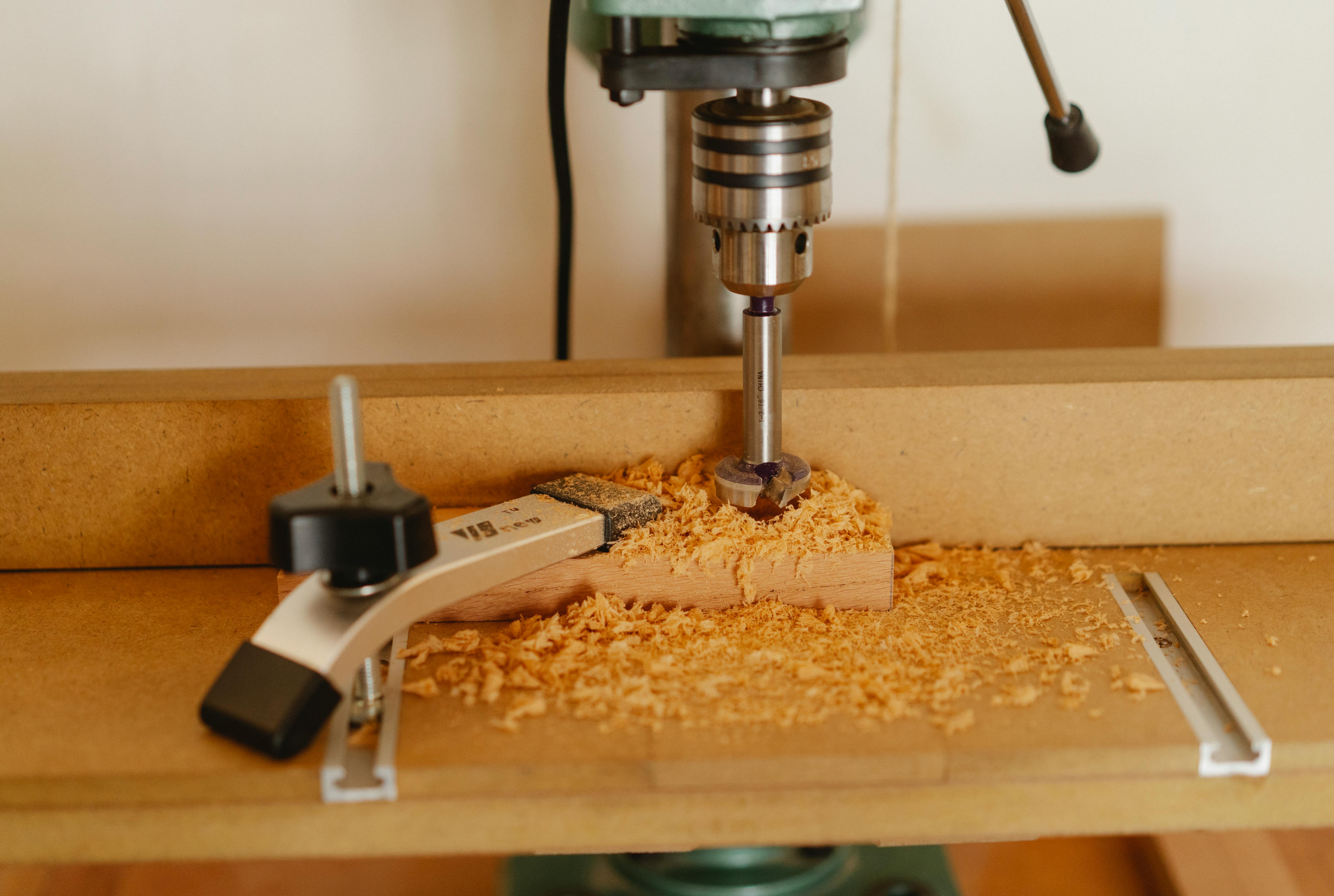Effective Ways to Enhance Your Negatives Bankdrücken for Improved Strength in 2025
In the world of strength training, Negatives Bankdrücken, or negative bench pressing, is gaining traction as an essential method to improve overall strength, especially for athletes and fitness enthusiasts looking to maximize their potential. This technique offers numerous benefits, enhancing not just the chest muscles but overall muscle control and coordination. As we move into 2025, honing this skill is invaluable for anyone seeking to enhance their bankdrücken (bench press) capabilities.
This article explores the advantages of Negatives Bankdrücken, its correct execution, and how to integrate it into your training regimen. We will also delve into the key techniques and variations that can elevate your bench press performance, ensuring a comprehensive understanding of this powerful training method. Whether you are a beginner or an advanced athlete, mastering the Negatives Bankdrücken can lead to significant improvements in strength and hypertrophy.
By the end of this article, you will have the insights needed to implement Negatives Bankdrücken effectively, helping you achieve your fitness goals and improve muscle strength. So, let’s dive into the world of Negatives Bankdrücken and explore its many facets!
Understanding Negatives Bankdrücken and Its Advantages
Building on the foundational principles of strength training, it’s crucial to grasp what Negatives Bankdrücken truly entails. This technique focuses on emphasizing the eccentric phase of the bench press, which is when the barbell is lowered. By concentrating on this phase, trainers can recruit more muscle fibers, leading to greater strength gains and muscle development.
What is Negatives Bankdrücken?
Negatives Bankdrücken centers around the controlled lowering of weights during the bench press movement. This method allows athletes to handle heavier weights than they can lift in a typical press, creating a unique training stimulus. The primary objective is to maximize muscle tension during the eccentric phase, ultimately leading to enhanced muscle hypertrophy and strength.
Benefits of Integrating Negatives Bankdrücken into Your Routine
The inclusion of Negatives Bankdrücken within a workout routine presents several advantages. Firstly, it enhances muscle stability and coordination, essential components for competitive lifters and fitness enthusiasts alike. This technique also allows for maximal overload, which is pivotal for muscle growth. Furthermore, it helps in overcoming plateaus, as working through the negatives can break through strength barriers and trigger muscle adaptations efficiently.
Muscle Recruitment and Hypertrophy
Research indicates that targeting the eccentric phase effectively recruits muscle fibers, leading to greater hypertrophic responses post-exercise. This phenomenon is especially beneficial for muscle development in the chest, shoulders, and triceps. With consistent application, Negatives Bankdrücken can significantly bolster muscle mass, which is crucial for anyone looking to improve their overall aesthetics and physique.
Executing Negatives Bankdrücken with Proper Technique
With these basics established, let’s focus on mastering the Negatives Bankdrücken to ensure safety and effectiveness. Proper execution is paramount to fully reap the technique’s benefits without risking injury.
Step-by-Step Execution of Negatives Bankdrücken
To begin, position yourself on the bench and grasp the barbell with a grip wider than shoulder-width. Ensure your feet are firmly planted on the ground, and your shoulder blades are retracted to create a stable base. Start with a weight you can lift comfortably; pause at the top of the lift before lowering the bar slowly for 3-5 seconds. Focus on controlling the descent, feeling the tension build in your muscles. Once you reach your chest, either press back up to complete the rep or use a spotter to assist.
Common Mistakes to Avoid
One of the most common errors during Negatives Bankdrücken is rushing the eccentric phase. It’s crucial to maintain control throughout, as this leads to better muscle engagement. Another prevalent mistake is the lack of proper form; ensure that your back is flat against the bench to prevent strain. Lastly, avoid using weights that are too heavy without proper progression, as this can lead to injury and negate the benefits of the exercise.
Safety Considerations for Negatives Bankdrücken
Incorporating Negatives Bankdrücken requires attention to safety protocols. Always use a spotter, especially when working with heavy weights. Additionally, investing in safety equipment, such as safety bars or racks, can prevent mishaps. Gradually increase weight to allow your muscles to adapt without excessive strain.
Advanced Techniques for Maximizing Negatives Bankdrücken
This naturally leads us to explore some advanced methods for integrating Negatives Bankdrücken into your overall training plan. These techniques can optimize your results and add variety to your sessions.
Incorporating Variations for Enhanced Performance
Negatives Bankdrücken offers numerous variations that target different muscle groups and enhance overall performance. Some popular options include using dumbbells instead of a barbell, adjusting the incline of the bench, or altering your grip width. Each variation highlights different aspects of the muscles involved, contributing to better overall strength and muscle balance.
Combining Negatives with Other Training Methods
Combining Negatives Bankdrücken with other training modalities, such as explosive lifts and hypertrophy-focused workouts, can yield superior results. For instance, pairing negatives with forced reps can amplify muscle fatigue, thus promoting growth. Alternatively, integrating them into a circuit training setup can enhance endurance and cardiovascular benefits.
Monitoring and Adjusting Training Intensity
As you integrate Negatives Bankdrücken into your workouts, monitoring your training intensity is vital. Adjust your weights and repetitions based on your performance and recovery. It’s crucial to ensure you are challenging your muscles without risking overtraining.
Creating a Negatives Bankdrücken Training Plan
With these insights into advanced techniques, let’s build a comprehensive training plan tailored for Negatives Bankdrücken that is easy to follow yet effective.
Establishing Your Training Goals
Before creating your plan, identify specific performance goals, such as increasing your maximum weight or enhancing your muscle size. Setting clear objectives will guide the structure of your training and help track progress effectively.
Training Frequency and Volume
A common approach for incorporating Negatives Bankdrücken is to perform them once or twice a week. Ensure a mix of volume by adjusting both sets and repetitions to suit your goals. For hypertrophy, aim for 3-4 sets of 6-10 repetitions, while strength-focused training may require heavier weights with fewer reps. Implementing periodization can also help maintain progress and prevent plateauing.
Progress Tracking and Adjustments
Keeping a training log is essential for evaluating your performance and making necessary adjustments. Note your weights, sets, and how you feel during workouts; this will help identify areas of improvement and guide future plans.

Maximizing Benefits: Nutrition and Recovery
Connected to this principle, the synergy between your training routines and nutrition is vital to maximize the benefits of Negatives Bankdrücken. Proper recovery strategies will also play a critical role in enhanced performance.
Importance of Nutrition in Strength Training
Your diet significantly affects your ability to recover and grow stronger. Prioritize protein intake to support muscle repair and growth, with sources like chicken, fish, and legumes. Additionally, ensure you’re consuming enough carbohydrates to fuel your workouts and healthy fats for overall health. A balanced meal plan will support your body during intensive training sessions.
Recovery Techniques to Enhance Performance
Active recovery techniques, such as light stretching or low-intensity workouts, help maintain mobility and prevent stiffness post-training. Incorporating techniques like foam rolling or contrast baths can also enhance recovery, promoting better blood flow to muscles and aiding in repair.

Q&A: Addressing Common Queries about Negatives Bankdrücken
What is the ideal weight for beginners to start with?
Beginners should start with a manageable weight, typically around 50% of their one-repetition maximum (1RM), to ensure proper form and control during the negatives.
How often should Negatives Bankdrücken be performed?
Incorporating them into your regimen once or twice a week is generally recommended, allowing recovery time to prevent overtraining.
Can Negatives Bankdrücken help improve my overall bench press performance?
Absolutely! By focusing on muscle control and strength through the eccentric phase, Negatives Bankdrücken can break plateaus and enhance your overall performance in traditional bench pressing.
Are there risks involved with Negatives Bankdrücken?
As with any exercise, improper form or excessive weight can lead to injuries. Always ensure you have a spotter and use weights that allow you to maintain control throughout the movement.
What are some signs of overtraining during this exercise?
Signs include prolonged muscle soreness, unexpected fatigue, decreased performance, and increased irritability. Listening to your body is key to avoiding overtraining.
In conclusion, Negatives Bankdrücken emerges as a powerful tool in the arsenal of strength training, yielding significant benefits when properly executed. By understanding its purpose, mastering technique, creating a well-structured training plan, and focusing on recovery, anyone can harness its potential to build their strength and achieve their fitness goals. Explore more insights into effective strength training methods like this through our resources on exercise techniques and nutrition strategies.
